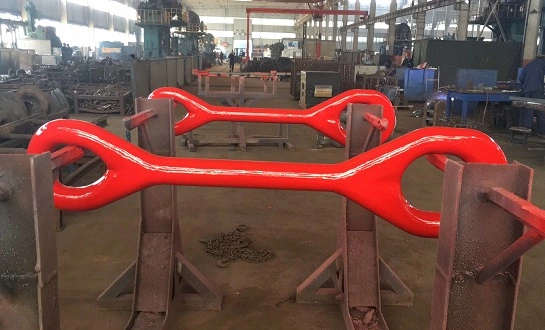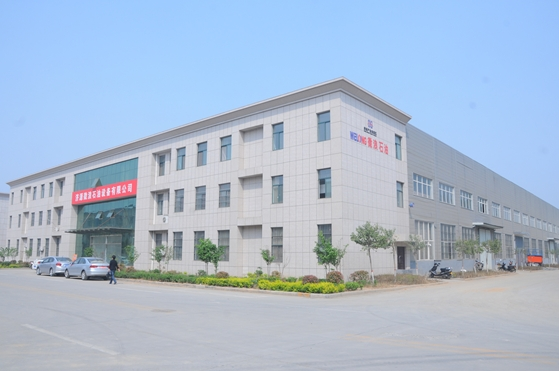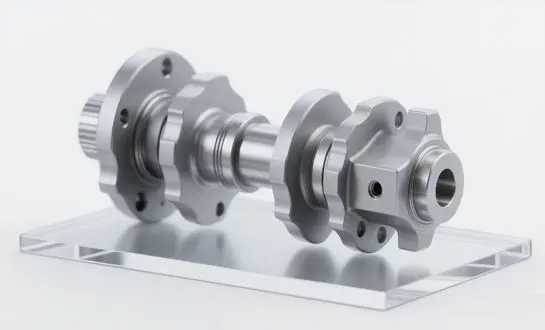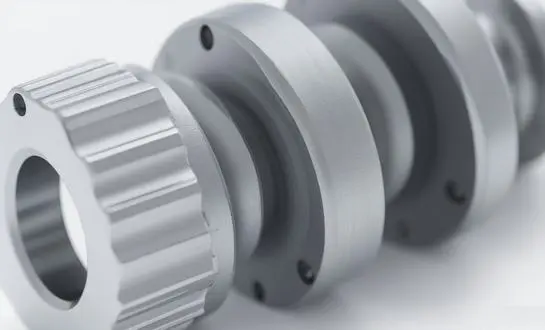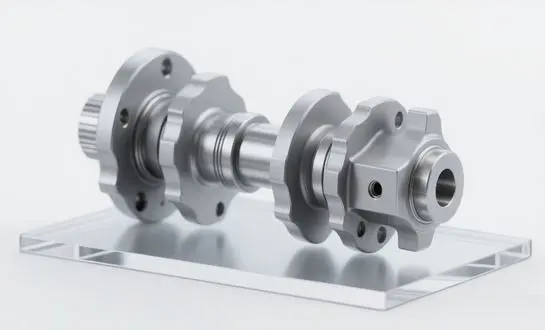Key Components of Elevator Link Systems
For appropriate safety precautions to be implemented, it is essential to understand the basic components of lift link systems. The main parts and what they do will be examined now:
Main Body Structure
The main body of an elevator link is typically crafted from high-quality alloy steel, engineered to withstand immense stress and strain. This core component is responsible for bearing the primary load during lifting operations.
Connecting Points
The connection hooks on Elevator Link are thoughtfully designed to provide a stable coupling to other lifting equipment. For safe and effective weight distribution and stability during lifting, these considerations are of the utmost importance.
Safety Latches
Locking devices or safety latches are now standard on many lift linkages. These characteristics enhance the lifting system's security by preventing inadvertent disconnection while operation is underway.
Load Capacity: Ensuring Proper Weight Distribution
In order to use lift links securely, it is essential to follow the recommended load capacity criteria. Both people and machinery are put at risk when overloading causes catastrophic breakdowns.
Understanding Weight Limits
Every elevator link is designed with specific weight limitations in mind, and guidance from a trusted Elevator Link manufacturer is essential. Always consult the manufacturer's specifications and never exceed these limits. Remember that the capacity can range from 30 to 750 tons, depending on the model and design.
Calculating Total Load
Think about the total weight of the lift, including the main load and any extra hardware or attachments, to choose the right lift link for the project. This all-encompassing method guarantees that you are operating inside the bounds of safety.
Balancing the Load
Using lift links properly requires perfect equilibrium. Instability and an increased likelihood of accidents may result from uneven weight distribution. For the hoisting mechanism to remain balanced, lift links must always be used in pairs.
Inspection Checklist: Maintaining Elevator Link Integrity
Regular inspections are vital for maintaining the safety and reliability of elevator links. Implement the following checklist as part of your routine safety protocols:
Visual Examination
Before each use, conduct a thorough visual inspection of the elevator link. Look for signs of wear, deformation, or damage such as cracks, bends, or corrosion. Any abnormalities should be addressed immediately, and the link should be taken out of service if necessary.
Functional Testing
Periodically perform functional tests to ensure all moving parts, such as safety latches or swivel mechanisms, are operating smoothly. This helps prevent unexpected malfunctions during critical lifting operations.
Documentation and Certification
Maintain detailed records of all inspections, repairs, and certifications. This documentation not only helps track the lifecycle of your elevator links but also ensures compliance with industry regulations and standards.
Conclusion
To ensure the safety of individuals, precious equipment, and overall operational efficiency, it is extremely necessary to implement comprehensive safety standards while employing lift links in heavy lifting activities. Any carelessness with these robust parts might result in disastrous mishaps or expensive downtime because of how important they are to the drilling and lifting operations. A safer work environment may be achieved by teams who take the time to learn about the important parts, adhere to load capabilities, and follow manufacturer standards. Keeping up with a thorough inspection and maintenance schedule is also critical for spotting structural weaknesses, cracks, or wear and tear early on. Additional steps to improve safety include providing staff with training on correct handling practices, using only certified equipment, and maintaining precise records of maintenance. Always keep in mind that prioritising safety is not a one-and-done deal; rather, it calls for undivided attention, self-control, and following all applicable standards in every activity.
FAQ
1. How often should elevator links be inspected?
Elevator links should undergo visual inspection before each use and receive thorough professional inspections at least annually or as recommended by the manufacturer.
2. Can elevator links be repaired if damaged?
Minor repairs may be possible, but it's crucial to consult with the manufacturer or a certified professional. In many cases, replacement is the safest option for damaged elevator links.
3. What certifications should I look for when choosing an elevator link manufacturer?
Look for manufacturers certified by recognized industry standards such as ISO 9001:2015 and API 7-1, which ensure adherence to quality management systems and specific industry requirements.
Elevate Your Lifting Operations with Premium Elevator Links
When it comes to heavy lifting in the oil and gas industry, safety and reliability are non-negotiable. As a leading elevator link manufacturer, Welong offers superior quality elevator links designed to meet the most demanding industry standards. Our products, crafted from high-quality alloy steel and manufactured using advanced processes, ensure unparalleled performance and safety in your lifting operations. With capacities ranging from 30 to 750 tons, our elevator links are engineered to handle your toughest challenges. Don't compromise on safety or efficiency – choose Welong for your elevator link needs. Contact us today at oiltools15@welongpost.com to learn how we can elevate your lifting capabilities.
References
1. Smith, J. (2024). "Advanced Safety Protocols in Oil and Gas Lifting Operations." Journal of Petroleum Engineering, 45(2), 78-92.
2. Johnson, R. & Williams, T. (2023). "Innovations in Elevator Link Design for Heavy Lifting Applications." International Journal of Industrial Engineering, 18(3), 201-215.
3. Zhang, L. et al. (2024). "Comparative Analysis of Elevator Link Materials for Enhanced Durability." Materials Science and Engineering: A, 812, 141086.
4. Brown, A. (2023). "Risk Assessment Strategies for Heavy Lifting in Offshore Environments." Safety Science, 152, 105782.
5. Miller, S. & Davis, K. (2024). "Predictive Maintenance Techniques for Critical Lifting Equipment." Reliability Engineering & System Safety, 225, 108628.
6. Anderson, P. (2023). "Regulatory Compliance in Heavy Lifting: A Global Perspective." International Journal of Occupational Safety and Ergonomics, 29(4), 1-14.
